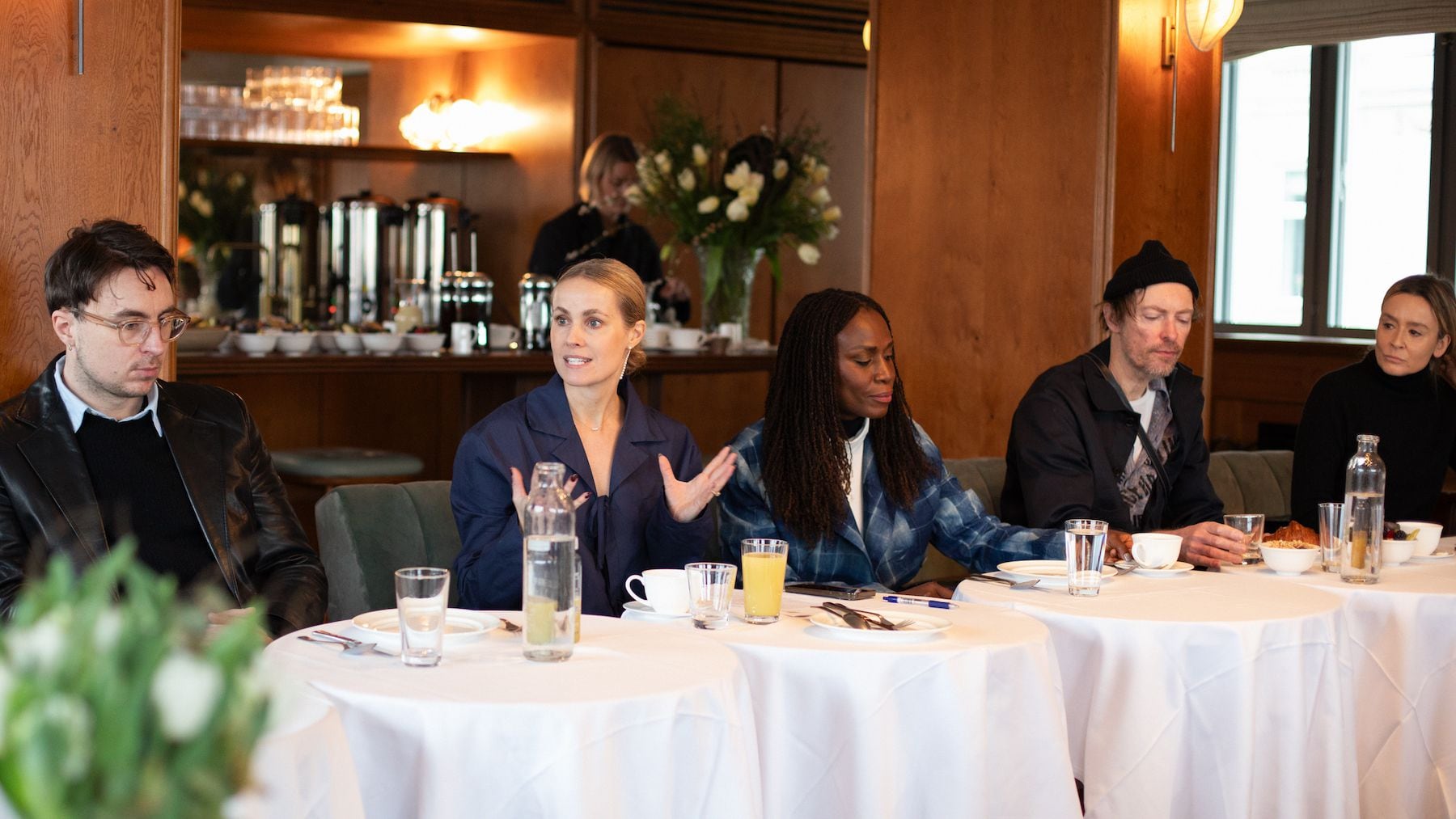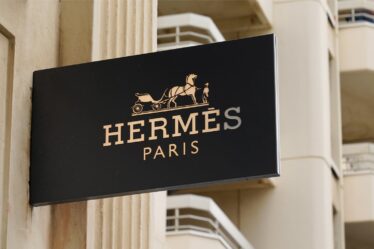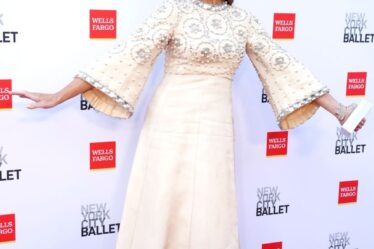
Today, traditional components of the global fashion industry continue to perpetuate legacy strategies and seasonal consumption patterns. As fashion weeks receive even greater attention from global audiences, the culture of consumption that underpins them must be continuously examined — particularly as these objectives are increasingly at odds with the goals of international regulators, most prominently in the European Union.
While running as a bi-annual fashion showcase like its counterparts, Copenhagen Fashion Week (CPHFW) is an organisation prepared to disrupt what fashion weeks look like, who they serve and what their lasting impact could become. Since the Autumn/Winter 2023 season, the event — spearheaded by CEO Cecilie Thorsmark — has enforced 18 minimum sustainability requirements for showing brands, which span six key areas across the fashion value chain: strategic design, material choices, working conditions across the supply chain, consumer engagement, set design and show production.
To complement this framework, the organisation has invested in a talk programme of panels and discussions to a live audience, running alongside its showcase and aiming to address and unpack some of the fashion industry’s most pertinent issues, from supply chain complexities to championing next generation talent.
To further its efforts in this space and amplify the cultural impact of fashion weeks, CPHFW partnered with BoF to host an executive roundtable for its Autumn/Winter 2024 season. It gathered fashion leaders, insiders and experts to ask how fashion weeks can not only future-proof themselves as pressures mount from both regulators and consumers, but also propel the fashion industry toward a future benefitting brands and consumers, while respecting planetary boundaries.
“While fashion weeks captivate and inspire, the culture of consumption that they enforce must be addressed,” said Thorsmark, in her opening statement at the event. “It’s our responsibility to foster conversation around how we celebrate fashion in new ways and inspire industry action to do better.”
Held at Soho House Copenhagen, and moderated by BoF’s Robin Mellery-Pratt and Alice Gividen, the event assembled industry leaders, designers, strategists and cultural change-makers from across the industry, including: Omoyemi Akerele, founder and CEO of Lagos Fashion Week and Style Files; Ana Andjelic, global chief brand officer of Esprit; trend consultant, Sam Trotman; designer and founder of Mother of Pearl, Amy Powney; author and sustainability strategist, Alec Leach; founder and 1 Granary editor-in-chief, Olya Kuryshchuk; fashion designer Henrik Vibskov; and chair of the Danish arts committee for craft and design, Anni Nørskov Mørch.
Conducted under the Chatham House rule, below we share condensed, anonymised insights with the BoF community and wider industry.
Optimising the Digitisation of Fashion Week
“Today, consumers really enjoy the peer-to-peer engagement that new channels bring. This is markedly different from reading reviews on Vogue. Fashion weeks have more responsibility today to be much more democratic — speaking to an audience in a way that is much more understandable and digestible,” said one guest.
“We have to ask, ‘what is the actual meaning behind what we’re doing? What is the cultural context?’ Younger audiences today have such a thirst for knowledge, especially if they haven’t come from a fashion background. Let’s make it accessible for them.”
Another guest highlighted the fashion and luxury industry were focusing on digital channels, but opportunities exist to optimise the impact of fashion week activations.
It’s not about simply those 10 minutes of a show, or those three hours of a party. It’s about content and how that endures.
“To use the example of Louis Vuitton. [I believe] they measured the success of the show in YouTube views and in impressions, not in how many buyers were there, or how many people actually bought that collection after we just hit the stores. […] Even with millions spent, it can excite culture for one second. What [the next generation of hybrid community culture is] is the exact opposite of that: creating a lot of signals that synchronise and create something meaningful that can be heard. It’s the opposite of having one big moment when you spend a lot of money.”
“Today, virality and cut-through on the internet is achievable, but building community and lasting cultural moments that live on is more important,” said another attendee. “Content should capture the atmosphere of the event, the moment — whatever you’ve created — to involve a much greater audience. Give them something to connect with.”
Expanding the Dialogue
Major brands must now be present on a multitude of digital channels, which in turn has increased customer expectations around both the cadence of channel-specific content from brands and how authentic it is. “Because of the digital extensions brands can employ today, storytelling has to be the central focus,” said one participant. “It’s not about simply those 10 minutes of a show, or those three hours of a party. It’s about content and how that [endures]. What is the narrative? Why are we doing this?”
Other guests suggested that brand storytelling could be used as a tool to educate end-consumers. “We have a responsibility to send a message out to wider viewers that fashion weeks and, by extension, the fashion industry, isn’t simply about glamour, shows, influence and front row culture, but a complete, diverse set of aesthetic-based things and conversation-based things.”
The whole system has become super squeezed — timelines, materials and logistics are extremely compressed. It’s almost impossible to produce a collection, at scale, within a six-month time frame.
“Think about what Coco Chanel was doing in the 1920s. Yes, she had her show, but her customers were so aware of her craft. Her shows — which were, in effect, shopping events — had everything to do with the quality and craftsmanship of her work. The conversation was one. Why are we separating them today? It is a divide that will just continue to perpetuate a disconnect between craft and shows.”
“There is a lot that fashion could learn from materials-based artists. Take ceramics or furniture — the whole production process forms part of the brand storytelling. It’s not an additional layer of context that comes later, or an add-on to help market the product. It’s actually core to its identity and is often a real point of difference for consumers.”
Indeed, other attendees argued that the different mediums available today meant that storytelling had to become an enduring focus.
Rethinking Seasonality
Attendees stressed the importance of challenging the seasonal churn of product. Globally, fashion waste is estimated to be approximately 100 million tonnes annually, with the equivalent of a truck full of clothes ending up on landfill sites every second, according to the Ellen MacArthur foundation.
“The whole system has become super squeezed — timelines, materials and logistics are extremely compressed. It’s almost impossible to produce a collection, at scale, within a six-month time frame. I believe designers need a longer runway. It’s strange to have a show if the buyers sitting there can’t buy it. Designers may only have a two-month window — if they’re lucky — to get their products in-store at full price before it goes on sale.”
“Consider artists in other disciplines — they don’t have shows every six months. When something captivates them, when they feel as though they have something to say, only then will they put on an exhibition,” added one attendee.
“Perhaps, one season, designers could show, then the next they come back to host an important conversation or tell a story in a different way. We need to give designers a chance to break perpetual cycles. Missing a show should not signal to the industry and to consumers that their business is failing.”
Offering Greater Support to Emerging Talent
“The Fashion Week system should evolve further to create space for emerging talent, almost like a graduate programme. There should be a way for young designers to gain experience and build momentum without the pressures of churning out collections,” suggested one attendee. “We should be asking, ‘is there a way to walk them into the fashion system, rather than throw them in and hope it sticks?’”
“The current system is like musicians being told they have a good voice, then having to go and immediately perform at Wembley,” added another guest. “But I think young designers feel as though they have no choice but to show up, if they want to create long-lasting impact. Typically, there isn’t another obvious route to becoming a recognised designer.”
“A lot of young designers feel that’s the only way to do it, and it’s quite a toxic culture. You spend so much time just looking around at everybody else, ‘What’s that designer doing? What’s that designer doing?’ You’ve actually not spent any time focusing on what you do, what you believe, what’s authentic to you.”
Outside of shows, it’s important to consider how we keep the conversation going and hold people’s attention.
However, one attendee countered with the idea that designers were pressured into showing each season to drive impact. “I think we infantilise designers and make them the victim of someone else’s actions. It’s a privilege to start a brand, to connect with customers, to build a community. Fashion weeks, in their current format, launch careers and businesses. This platform shouldn’t be underestimated.”
Building Presence in ‘Off’ Weeks
The discussion turned to the role of fashion weeks outside of their bi-annual showcases.
“Fashion weeks have the potential to foster real communities around our industry, to have collaborative conversations and encourage showing brands, editors and even consumers to take action to foster positive change,” said one attendee. “Outside of shows, it’s important to consider how we keep the conversation going and hold people’s attention.”
“Instead of thinking about Fashion Week because of consumer-facing moments, how can we get together to talk about how we actually create [products] better? I was speaking to a brand just this week who said, ‘We keep it old school. We just ring up retailers and say, “Do you need more jeans?” We’ll ship them ten more pairs, if they are needed,’” added another attendee. “The independent brands are struggling, the independent retailers are struggling, so why don’t we use Fashion Week as a way of solving that?”
However, one guest countered that the cultural impact of fashion shows remained the most compelling draw of fashion week for both the showing brands and their audience. “Shows are the celebration of many months of hard work. It’s about celebrating creativity, craftsmanship, creating an arena for a brand’s vision to be brought to life.”
“Fashion Week — and the press — carry a year-round responsibility. Everyone who broadcasts, who reviews, who has that power and holds a degree of influence — how they behave and what they say — has impact.”
“It’s continuity that we should all be working towards, not just isolated events,” concluded another guest.
This is a sponsored feature paid for by Copenhagen Fashion Week as part of a BoF partnership.



